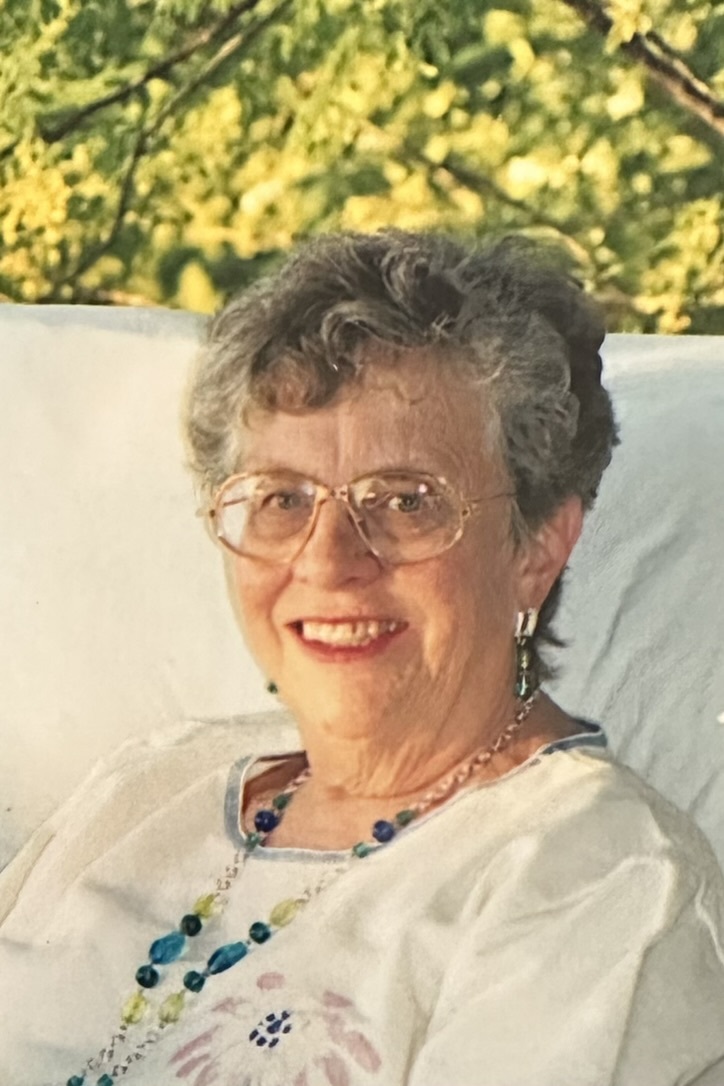Become a blood donor hero
Published 1:00 pm Monday, January 15, 2024
|
Getting your Trinity Audio player ready...
|
Heroes come in all shapes, sizes, and ages. Distinguished by courage, we admire heroes for their noble qualities and heroic deeds. We have many heroes in healthcare, and our unsung heroes include those who donate blood.
If you’re averse to needles, donating blood can be a stressful endeavor that you would much rather avoid. But let me assure you, other than an initial pinch, it’s a painless process that saves lives. According to the American Red Cross, someone needs blood every two seconds, and one donation can save as many as three lives.
Those 17 years or older can donate whole blood; some states permit donation at 16 with parental consent. Those who wish to donate blood must weigh at least 110 pounds and be in good health
and be able to provide information about medical conditions and medications they’re taking.
Drink 16 ounces of water before you donate, and eat a low-fat, healthy meal. Also, you should
wear a short-sleeved shirt or a shirt with sleeves that are easy to roll up.
What to Expect
To donate blood, you must register by providing identification and medical history and undergoing a quick physical examination. Trained staff will check your pulse, blood pressure, body temperature and hemoglobin levels.
With the pre screening complete, the donation procedure begins. Whole blood donation is the most common type of donation and it can then be transfused as whole blood or separated into red cells, platelets, and plasma. The whole blood donation procedure takes about eight to 10 minutes.
Donated blood is tested for hepatitis B, hepatitis C, HIV, West Nile virus, syphilis and Trypanosoma cruzi.
When the donation is complete, you’ll receive a snack and drink and be able to rest for 10 or 15 minutes before you leave.
Side Effects of Blood Donation
Blood donation is considered safe for adults, and sterile equipment is used for each donor. Immediately after the donation, some donors feel nauseous or lightheaded. If this happens to you, lie down with your feet up until you feel better. The ill effects typically pass in a minute or two.
There is also a slight chance of bleeding and a bruise at the site of the needle. To stop the bleeding, apply pressure and raise your arm for a few minutes.
Contact the blood donation center if, after you’ve left the donation site, you continue to feel lightheaded, dizzy or nauseous after drinking, eating and resting. If you develop a raised bump, at the needle site, or experience continued bleeding or have arm pain, numbness or tingling, reach out to the center.
Please consider becoming a blood donor hero. Your selfless act is critical to help someone survive surgery, chronic illness, cancer treatment or a traumatic injury. The need for blood always continues, but only about 3% of potential donors donate blood annually.
One Blood now collects blood donations at St. Luke’s Hospital. They will be on campus on January 18, from 9 a.m. to 5 p.m., in front of the Cancer and Infusion Center. Watch St Luke’s social media for a QR code for the scheduling portal.
If you have a healthcare topic of interest or want to learn more about, please drop me a note at fortunes0605@gmail.com. Also, please follow our local gem St. Luke’s Hospital on Facebook, Twitter, and LinkedIn or visit StLukesNC.org.






